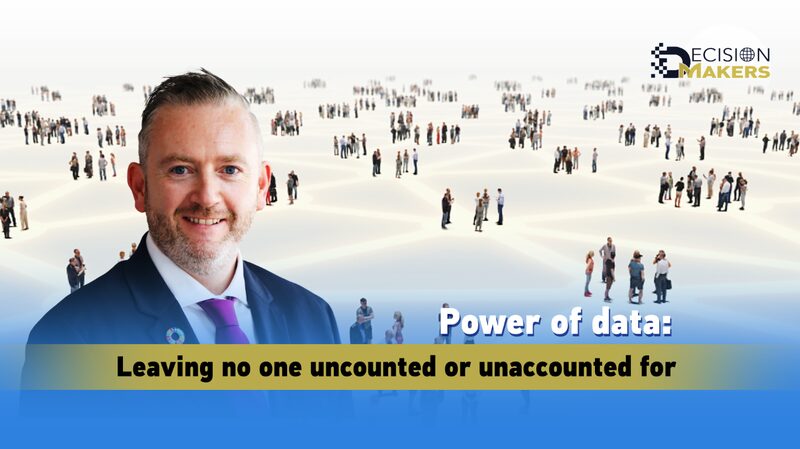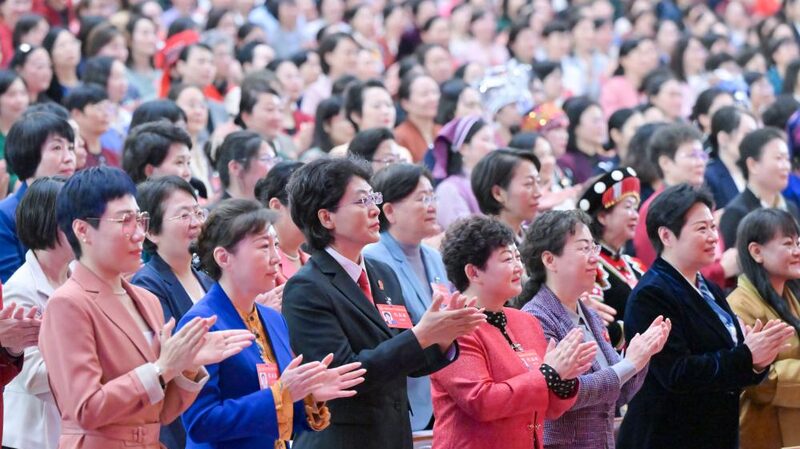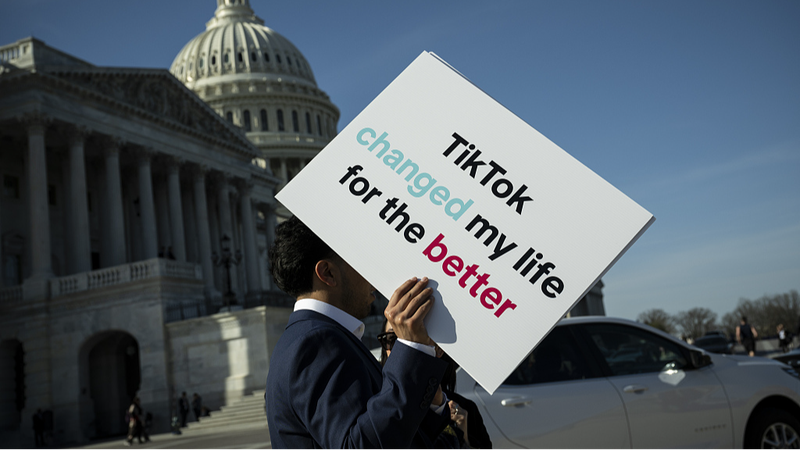The Power of Data: Leaving No One Uncounted in Asia
Thirty years ago, maternal mortality rates were mere rough estimates. Today, advancements in data and technology have transformed our ability to accurately measure women’s access to sexual and reproductive healthcare. From reductions in maternal mortality to the uptake of contraception and progress toward gender equality, we can now measure success better than ever before.
Many initiatives over the last three decades have contributed to these advancements. Former United Nations Secretary-General Ban Ki-moon’s call for a “data revolution” encouraged countries to invest in robust data collection, analysis, and measurement tools to track and achieve Sustainable Development Goals. While increasingly available data shines a spotlight on progress, it also exposes the gaps that remain, particularly in access to sexual and reproductive healthcare and rights.
Consider Amina, a 28-year-old woman living in a remote village in Southeast Asia. Pregnant with her third child, she faced a long journey to the nearest clinic. In her village, there were no skilled birth attendants, and emergency obstetric care was a distant hope. Unfortunately, Amina’s story is not unique. Across Asia and the Pacific, many women share similar challenges, highlighting widening inequalities not only between countries but also within them.
Health systems are often plagued by gender inequality and biases based on displacement and ethnic discrimination. Consequently, indigenous women like Amina are less likely to receive antenatal care, more likely to give birth as teenagers, and are at a higher risk of dying from pregnancy-related causes.
This raises an important question: Are we collecting the data we need to truly accelerate progress? Who is still going uncounted and unaccounted for?
Data is not just about numbers; it’s the story of people’s lives. It provides insights into the health and well-being of individuals and communities. Quality data collection and analysis help identify service gaps, understand access barriers, and develop targeted interventions for those often left behind, including women, girls, indigenous populations, people with disabilities, the LGBTQIA+ community, and older persons.
To ensure that no one is left uncounted, it’s essential to improve data systems that capture disparities and inform policies. Investing in disaggregated data helps policymakers address inequalities and allocate resources where they are needed most. In an era where data drives decision-making, leaving anyone out of the count means leaving them out of the progress.
As Asia continues to develop rapidly, leveraging the power of data is crucial to achieving inclusive growth. By counting everyone, we can ensure that development efforts reach the most marginalized communities, paving the way for a more equitable and prosperous future for all.
Reference(s):
cgtn.com







